2010-07-16 17:40
Ministry to set up air traffic management system of the future by 2011
The Ministry of Land, Transport and Maritime Affairs will set up a future air traffic management (ATM) strategy that is specifically tailored to the Korean situation by 2011.
This strategy is to reflect improved aircraft performance and the shift in air navigation methods from ground navigation facilities toward satellites, and other innovations and thereby integrate the plans and development directions for airports, airspace, air traffic control and navigation safety facilities within the future ATM system.
It will comprehensively analyze safety, efficiency, economic efficiency and the environmental impact of such shifts and promote cooperation between the sectors of the air transport industry.
Furthermore, the times and methods of phased-in technology applications for efficient airspace management, departure & arrival, and safe aircraft navigation, and necessary aircraft devices and ground facilities will be stated in the strategy.
In the mean time, ICAP has already established operation concepts for satellite-based global air traffic management and provides basic principles and directions for future air traffic management.
Europe and the U.S. are also developing and implementing their mid and long term plans such as Single European Sky ATM Research (SESAR) and Next Generation Air Transportation System (NextGen), all of which consider safety, traffic volume and environmental impact.
In line with the global trend, the Ministry of Land, Transport and Maritime Affairs will review ICAO 7 regulations, the implementation plan of NextGen and SESAR master plan by 2010 to concretize Korea future ATM strategy. It will carry out joint research, open public hearings and finally develop a master plan for the strategy by 2011.
The strategy is expected to secure safe aircraft navigation, increase air transport efficiency and capacity, provide accurate weather predictions, and reduce noise and gas emissions since it provides air traffic management satellite-based services and a digital automation system, along with other advances. All in all, it will reduce the maintenance cost of navigation facilities and thereby improve convenience for passengers as well as airport operation efficiency.<Korea Shipping Gazette>
This strategy is to reflect improved aircraft performance and the shift in air navigation methods from ground navigation facilities toward satellites, and other innovations and thereby integrate the plans and development directions for airports, airspace, air traffic control and navigation safety facilities within the future ATM system.
It will comprehensively analyze safety, efficiency, economic efficiency and the environmental impact of such shifts and promote cooperation between the sectors of the air transport industry.
Furthermore, the times and methods of phased-in technology applications for efficient airspace management, departure & arrival, and safe aircraft navigation, and necessary aircraft devices and ground facilities will be stated in the strategy.
In the mean time, ICAP has already established operation concepts for satellite-based global air traffic management and provides basic principles and directions for future air traffic management.
Europe and the U.S. are also developing and implementing their mid and long term plans such as Single European Sky ATM Research (SESAR) and Next Generation Air Transportation System (NextGen), all of which consider safety, traffic volume and environmental impact.
In line with the global trend, the Ministry of Land, Transport and Maritime Affairs will review ICAO 7 regulations, the implementation plan of NextGen and SESAR master plan by 2010 to concretize Korea future ATM strategy. It will carry out joint research, open public hearings and finally develop a master plan for the strategy by 2011.
The strategy is expected to secure safe aircraft navigation, increase air transport efficiency and capacity, provide accurate weather predictions, and reduce noise and gas emissions since it provides air traffic management satellite-based services and a digital automation system, along with other advances. All in all, it will reduce the maintenance cost of navigation facilities and thereby improve convenience for passengers as well as airport operation efficiency.<Korea Shipping Gazette>
많이 본 기사
- 국제물류업계, 광양항 마지막 배후단지 활용법 모색한다‘일상이 된 물류시장 불확실성’, AI·친환경이 돌파구‘고환율·저운임’ 글로벌 물류기업 일제히 부진한 실적 신고‘수요 둔화 지속’ 컨운임지수 한주만에 1300선으로 후퇴DHL, 중동 두바이에 차세대 물류허브 개소한국해양대, 장금상선등 해운사와 해양인재 양성방안 모색해운협회, 부산항도선사회와 CCTV 활용 안전도선 업무협약KMI, 우리나라와 북극권국가 협력 방안 모색2028년 유엔 해양총회 한국 유치 확정전재수 해수부 장관 사의…“해양수도권 차질없이 육성되길”
- 日 ONE 운항 9100TEU급 컨선 화재…공동해손 선언쿠팡 박대준 대표이사 사임…“개인정보 유출 책임 통감”윌로그, 벤처창업진흥유공 대통령 표창 수상아시아나IDT, 산업안전세미나 개최…‘플랜투두’ 확산 전략 공유아로아랩스, 중기부 창업지원프로그램 선정…연구개발 자금 확보부음/ 해운조합 최종진 본부장 빙모상조선기자재硏·이마린·그린에너지솔루션, 친환경선박 배출수 기술개발...경운대, 국제항공운송협회와 대학 최초 교육협약 체결인천항만공사, 전기차 화재대응 안전역량 강화 나선다에어프레미아, 인천-美 워싱턴노선 내년 4월 신규 취항





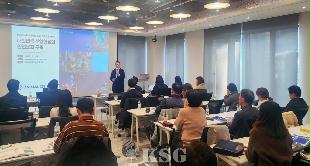



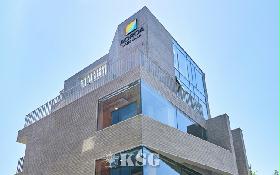
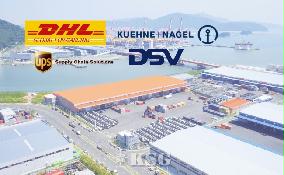

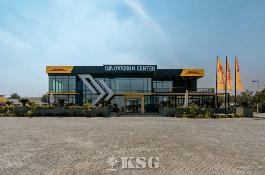
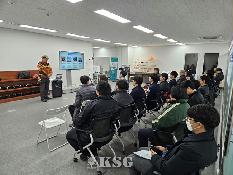
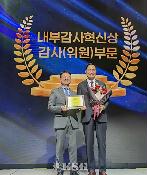
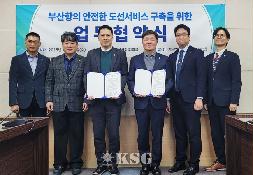
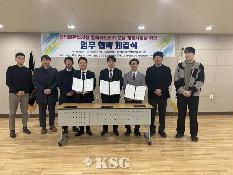

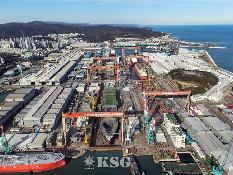
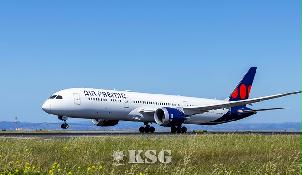
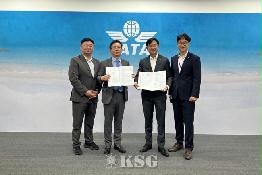

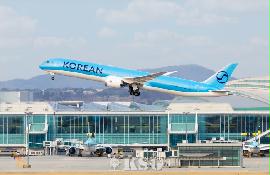


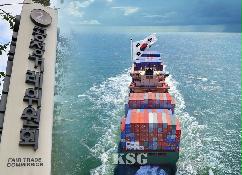
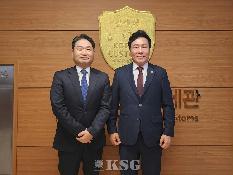

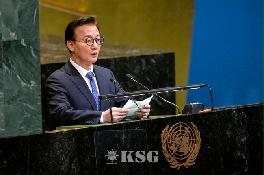
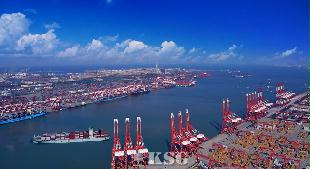
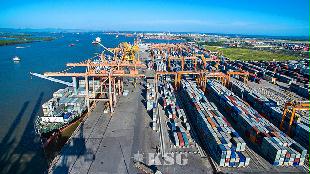
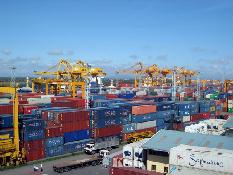






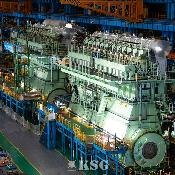
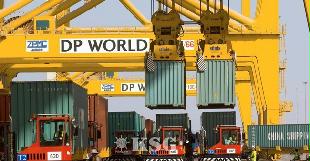
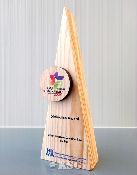
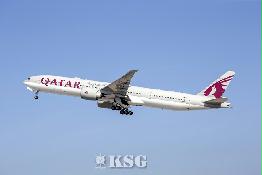





















0/250
확인